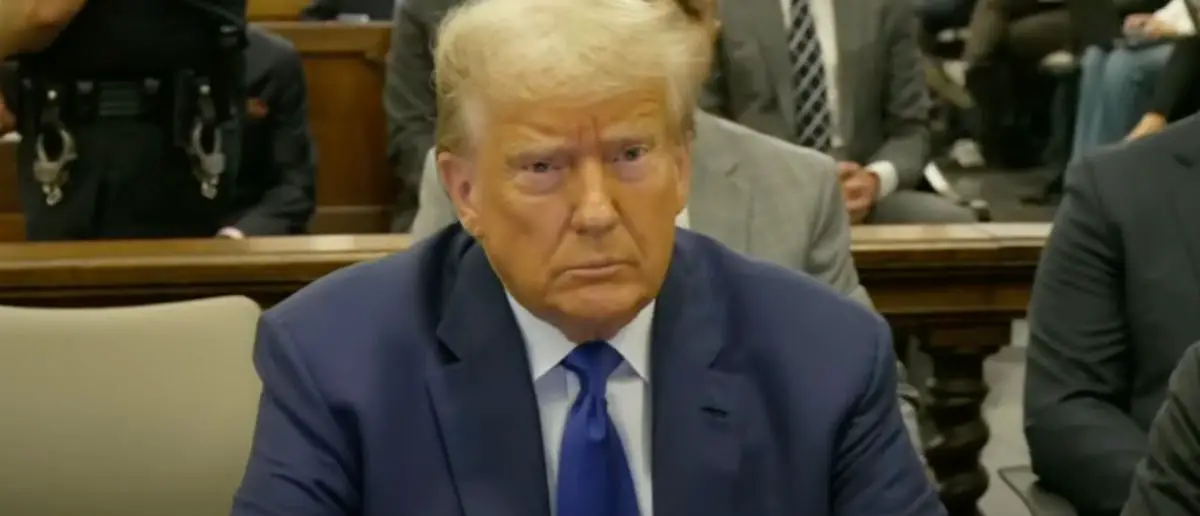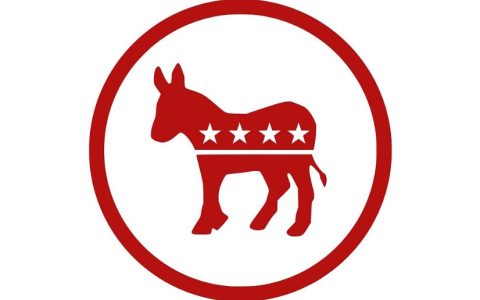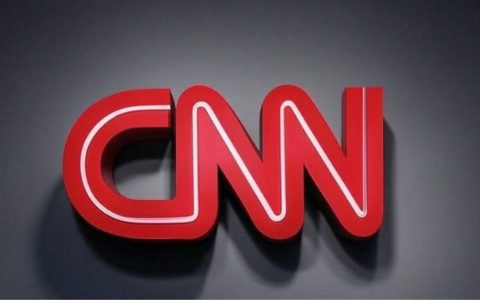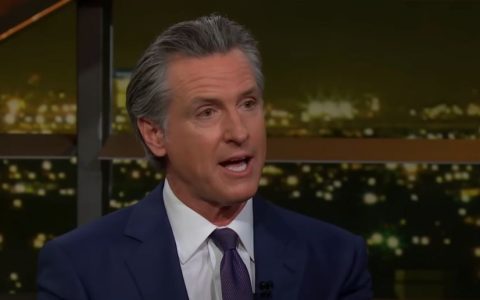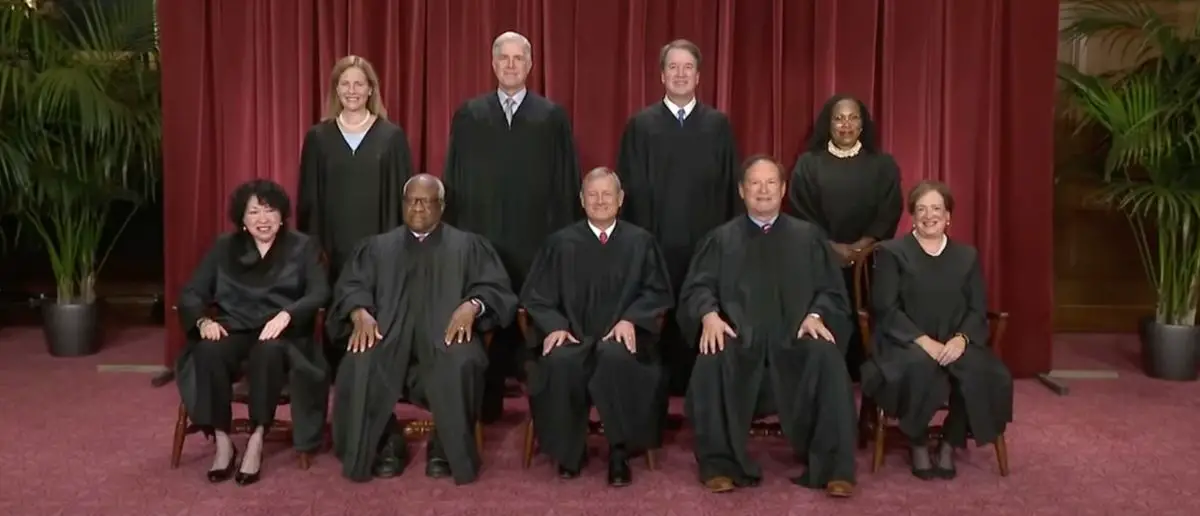
The Constitution will never be the same. Not after what the Highest Court just decided.
And the U.S. Supreme Court’s ruling on the First Amendment has absolutely devastating implications.
Supreme Court Sidesteps Critical Decision on Social Media Censorship Claims
In a controversial ruling, the U.S. Supreme Court has declined to address a contentious effort by Missouri and Louisiana to restrict Biden Administration officials and other government agencies from communicating with social media companies about misinformation, election interference, and related issues. Instead of establishing new guidelines on acceptable interactions, the Court determined that the plaintiffs lacked standing to bring the issue forward.
The case, Murthy v. Missouri and Louisiana, was brought by the two states along with five individual social media users. They alleged that during the COVID-19 pandemic and the 2020 election, officials from the CDC, FBI, and other government agencies “pressured” Meta, Twitter (now known as X), and Google to “censor their speech in violation of the First Amendment.”
Justice Barrett, writing for the majority, stated, “The plaintiffs must show a substantial risk that, in the near future, at least one platform will restrict the speech of at least one plaintiff in response to the actions of at least one Government defendant. Here, at the preliminary injunction stage, they must show that they are likely to succeed in carrying that burden.” Barrett characterized this requirement as “a tall order.”
Despite the decision, the case has already influenced the relationship between social media companies and government agencies. For instance, Meta disclosed that its security researchers have not received their usual briefings from the FBI or the Cybersecurity and Infrastructure Security Agency (CISA) regarding foreign election interference.
Additionally, FBI officials admitted to discovering instances of election interference but refrained from notifying social media companies due to heightened legal scrutiny following the lawsuit. With this ruling, it appears that such communications may now resume.
The Court’s reluctance to rule on the case stems partly from the potential far-reaching implications for the First Amendment. The plaintiffs advanced a “right to listen” theory, asserting that social media users have a constitutional right to access content. Barrett dismissed this argument as “startlingly broad,” noting that it would allow all social media users to sue over someone else’s censorship. The opinion was joined by Justices Roberts, Sotomayor, Kagan, Kavanaugh, and Jackson, while Justice Alito dissented, joined by Justices Thomas and Gorsuch.
This case is one of several involving free speech and social media that the Supreme Court is considering this term. The Court is also set to rule on cases involving state laws from Texas and Florida, which could significantly impact how social media companies manage content moderation.
By sidestepping this crucial decision, the Supreme Court has left unresolved the significant questions about the boundaries of government influence over social media platforms, leaving both regulators and tech companies in a state of uncertainty.
Even more crucially, the First Amendment’s status seems to be in question more than ever in this tech age we are living in. Questions of whether Americans can expect any privacy from the government when posting on social media are still valid. Those questions are now more complicated than ever with the High Court’s ruling.
The Vital Importance of the First Amendment: A Historical Perspective
The First Amendment to the United States Constitution is a cornerstone of American democracy, enshrining the fundamental freedoms of religion, speech, press, assembly, and petition. These liberties form the bedrock of a free and open society, allowing individuals to express themselves, advocate for change, and hold the government accountable. Throughout U.S. history, the First Amendment has played a crucial role in protecting the rights of individuals and groups, often in the face of significant opposition.
Freedom of Speech: The Case of Lenny Bruce
One of the most celebrated aspects of the First Amendment is the protection of free speech. This freedom has been crucial for artists, activists, and everyday citizens. A notable example is the case of Lenny Bruce, a comedian in the 1950s and 1960s known for his provocative and often controversial performances. Bruce faced multiple arrests and prosecutions for obscenity, challenging the limits of free speech in America. His legal battles highlighted the importance of the First Amendment in protecting not just popular or mainstream ideas, but also dissenting and controversial viewpoints. Bruce’s fight for free speech paved the way for greater artistic expression and set precedents that continue to influence free speech jurisprudence.
Freedom of the Press: The Pentagon Papers
The First Amendment’s guarantee of a free press has been essential in uncovering truths and informing the public. The publication of the Pentagon Papers in 1971 is a prime example. Daniel Ellsberg, a former military analyst, leaked classified documents revealing the U.S. government’s misleading statements about the Vietnam War. The New York Times and The Washington Post published these documents, leading to a landmark Supreme Court case. In New York Times Co. v. United States, the Court upheld the right of the press to publish the information, emphasizing that prior restraint by the government was unconstitutional. This decision reinforced the press’ role as a watchdog and protector of democracy.
Freedom of Assembly: The Civil Rights Movement
The right to assemble peaceably has been instrumental in driving social change. The Civil Rights Movement of the 1950s and 1960s leveraged this freedom to organize protests, marches, and sit-ins that drew national attention to the struggle for racial equality. The 1963 March on Washington for Jobs and Freedom, where Dr. Martin Luther King Jr. delivered his iconic “I Have a Dream” speech, is one of the most significant examples. These assemblies were crucial in building momentum for the passage of the Civil Rights Act of 1964 and the Voting Rights Act of 1965, demonstrating the power of collective action in shaping public policy and advancing human rights.
Freedom of Religion: The Case of Jehovah’s Witnesses
The First Amendment’s protection of religious freedom has safeguarded diverse religious practices in America. Jehovah’s Witnesses, for example, have been involved in numerous legal battles to defend their right to practice their faith. In the 1940s, several cases reached the Supreme Court, including West Virginia State Board of Education v. Barnette, where the Court ruled that compelling students to salute the flag was unconstitutional. This decision demonstrated the importance of religious freedom and the right of individuals to follow their conscience, even when it conflicts with popular or governmental mandates.
Right to Petition: The Suffragette Movement
The right to petition the government for a redress of grievances has empowered citizens to advocate for change. The suffragette movement, which fought for women’s right to vote, exemplifies this. Activists like Susan B. Anthony and Elizabeth Cady Stanton organized petitions, lobbied lawmakers, and led public demonstrations to demand suffrage. Their relentless efforts culminated in the passage of the 19th Amendment in 1920, granting women the right to vote. This achievement highlighted the effectiveness of petitioning as a tool for securing civil rights and expanding democracy.
Stay tuned to the DC Daily Journal.


